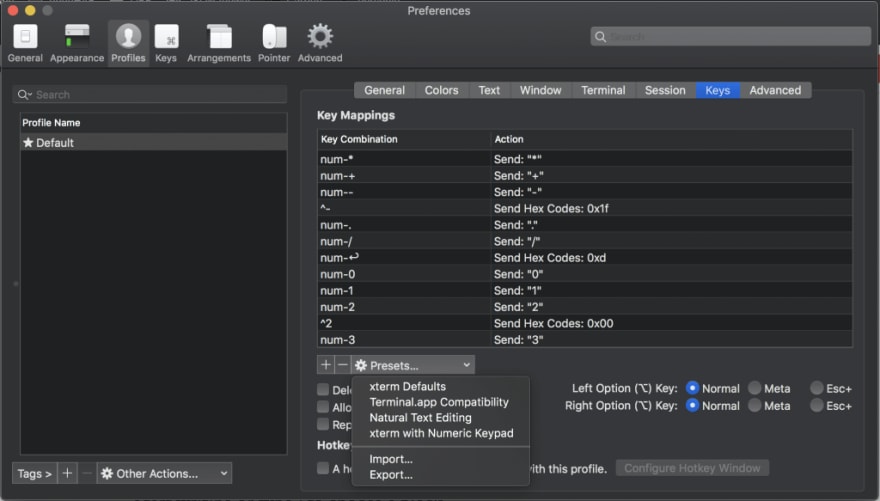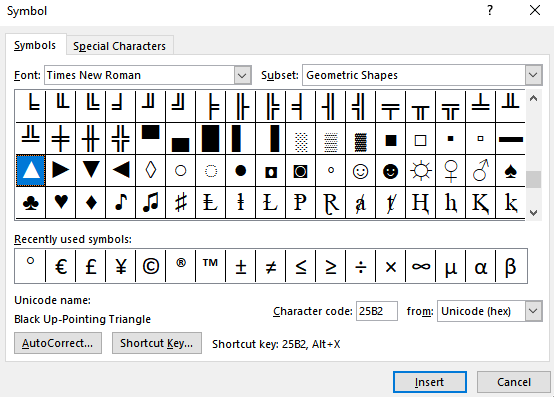
Use fg to bring back.Įxit the current shell (also works in SSH, so need to type exit).Īll other shortcuts can be found in man bash. Very handy when you want fix typo in the program name and come back.Įdit the current command in your $EDITOR. Toggle between the current cursor position and the beginning of the line. Move cursor forward one word, will jump to the next word’s first character. Move cursor back one word, will jump to the current word’s first character or if already there to the previous word’s first character. ShortcutĪ is the 1st letter of alphabet, hence the beginning of the line. Note: MacOS iTerm 2 users must turn on meta key - Ī good visual cheatsheat of shortucts taken from Clement Chastagnol’s article:Īlso, in the description I’ll say how I memorize the shortcuts. I compiled the minimal list of shortcuts and commands which can increase your productivity in bash. So perhaps in the balance, it all evens out.I often end up googling “bash shortcuts” and every result lists a huge list of shortcuts available in bash, some of them are overridden by other utils, like fzf or by your terminal itself, some of them are not that helpful. I will say that this management scheme may be over the top, but some folks like complicated terminal prompts. (You can learn more by exploring the dotfiles.) I put the decryption passphrase into a file, run make, and clean up everything with make clean.
ITERM2 JUMP WORD INSTALL
Whether I'm installing for the first time or updating existing dotfiles, I (of course) must have Ansible Vault, and to avoid having to install that everywhere, I put it in a container that I run with Docker, which I do have installed everywhere. All my secrets are stored in Git, encrypted with Ansible Vault. I find it useful to keep my secure data with everything else, and I solved this problem with Ansible Vault. Maybe you prefer your SSH config to be hidden, or maybe you're deploying credentials through a third-party system. Why all the tooling around security you ask? IT professionals and hobbyists alike need a robust way to put secure pieces of data on new systems. This pulls in my dotfile-specific deployment mechanism, which is also in GitHub.
ITERM2 JUMP WORD SERIES
I use a series of Makefiles, hosted through GitHub, to manage my Mac setup. Beautifully complex dotfilesĬompared to my minimalist terminal, it's easy to see where I put my maximalist efforts: deploying my dotfiles, including my. I find it distracting in my terminals, so I enjoy those setups from afar.

ITERM2 JUMP WORD CODE
Some people enjoy transparency, and others prefer a lot of information on their prompts-from the time to the exit code and everything else. There is no doubt that I'm on the minimalist side, compared to some fancy terminals I've seen. So, my Bash PS1 is the boring cwd $, save for the Kubernetes context prefix. As an OpenShift Dedicated Site Reliability Engineer (SRE), I have to run commands with the appropriate context, and kubectx makes it easy to know where I am when I'm typing. The only fancy component I use is kubectx, which includes the current Kubernetes context. I don't include Git directory or exit code, and I only use a single line. I am one of those boring terminal prompt users.
ITERM2 JUMP WORD FREE

For daily use, I prefer the Solarized Dark theme, but for presentations, I have a separate profile that enlarges the text and uses a plain black background with more vibrant colors. One of its key wins for me is that it's easy to transplant settings from Mac to Mac.

Using iTerm2 on a Macįor a long time, my preferred terminal was the basic built-in Terminal.app, but I recently switched to iTerm2 because it has much better customization and profile support. There's no reason it can't port over to Linux (and it has!). Because of that history, I have a mix of features that will run on macOS but feel familiar to Linux users. At first, I felt a little shame, given my strong Linux background, but the Mac gives me a Unix-like shell and a great window manager. I have a confession to make: I have been a Mac user for more than 10 years now.


 0 kommentar(er)
0 kommentar(er)
